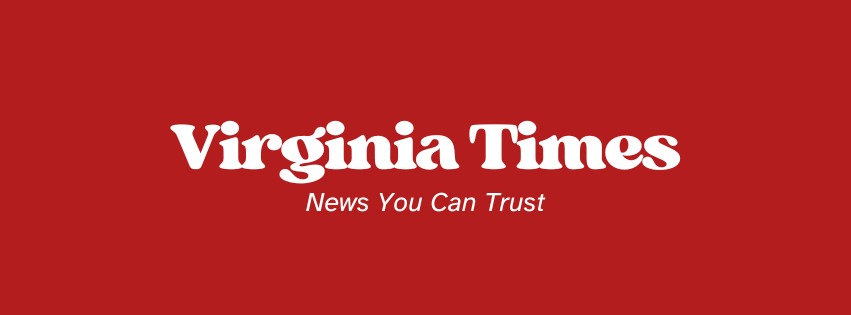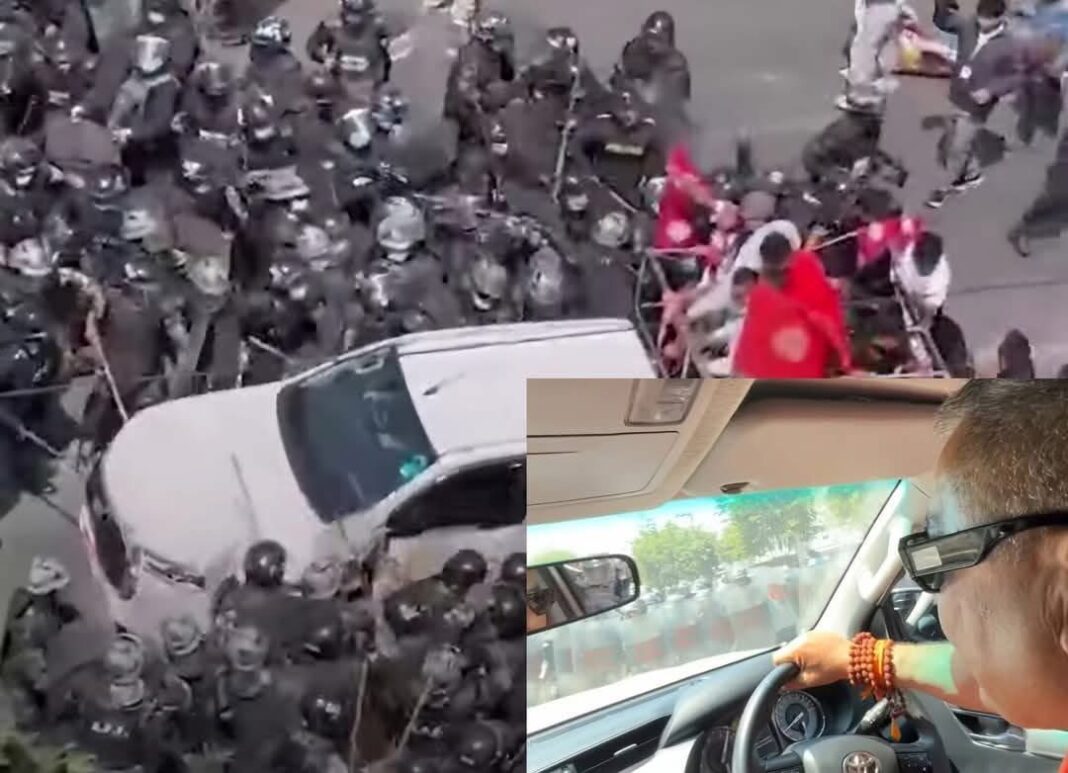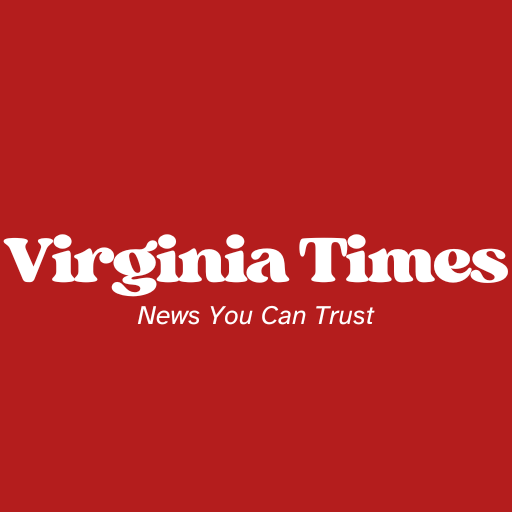Nepal’s capital descended into chaos on Friday as pro-monarchy protests demanding the restoration of former King Gyanendra Shah erupted into violent clashes with security forces, leaving two dead and prompting a citywide curfew. The escalating unrest, marked by arson, vandalism, and brutal confrontations, saw the Nepali Army deployed to quell a movement that has exposed deep fractures in the Himalayan nation’s fragile republican system, nearly 17 years after the monarchy’s abolition in 2008.
Royalist Fury Ignites Kathmandu
The protests, led by controversial businessman Durga Prasai and the Rastriya Prajatantra Party (RPP) under the “Raja Aau, Desh Bachao” (“Bring the King, Save the Country”) banner, drew thousands to Kathmandu’s streets. Demonstrators demanded the reinstatement of the 239-year-old Hindu monarchy and a return to Nepal’s historical Hindu state identity, chanting “Raja aau, Desh bachau” (“King must come, save the country”) while waving national flags. The unrest erupted in Tinkune, spiraling into a wave of destruction that gripped the capital.
According to local media, tensions flared when “protesters accused police of hiding in private homes to launch tear gas, prompting them to vandalize properties in retaliation.” Nepal Police spokesperson DIG Dinesh Acharya denied the claim, telling outlets, “No tear gas was fired from private homes in the Tinkune area.” Despite police use of batons, water cannons, and tear gas, “the crowd’s anarchy persisted, with successive incidents of vandalism and arson reported across Tinkune,” local outlets noted.
Media and Political Targets Hit
The violence targeted media and political sites with ferocity. Local reports stated, “Protesters pelted stones at Kantipur TV’s office in Shantinagar, shattering windows, and set fire to the first floor of Annapurna Post’s office in Tinkune, though the blaze was quickly controlled, according to the outlet.” A vehicle belonging to Himalaya Television, license plate Ba 19 Cha 8963, was also vandalized. Political offices faced similar wrath: “Demonstrators stormed the Unified Socialist Party’s Aloknagar office, dragging documents to the street and burning them,” with party leader Mohan Gautam reporting the secretary’s room was torched. At the Maoist Centre’s Parisdanda headquarters, “they set a government-plated vehicle ablaze and damaged a motorcycle,” while Unified Socialist chairman Madhav Kumar Nepal’s Koteshwor residence was pelted with stones, prompting increased security.
Widespread Arson and Looting
As royalists advanced, destruction spread. Local media reported, “In Sinamangal, protesters torched the Nepal Civil Aviation Authority office, halting flights at Tribhuvan International Airport for nearly 45 minutes. In Koteshwor, a mob set fire to the Bhatbhateni Department Store, looting goods—protesters were seen carrying beer bottles and scattering fruits and vegetables, images of which went viral on social media.” Further chaos hit the Jadibuti factory, where “at least six parked vehicles were incinerated,” and additional vehicles were burned near Balkumari, though their license plates remain unidentified.
Casualties and Security Response
The violence claimed two lives. According to local reports, “In Tinkune, a police-fired bullet struck 29-year-old Sabin Maharjan from Kirtipur in the chest, killing him; he was pronounced dead upon arrival at Tribhuvan University Teaching Hospital.” Separately, “Avinash TV journalist Suresh Rajak died in a fire set by protesters, his charred body found on a building’s fourth floor.” Injuries mounted, with local media noting, “A police officer’s head was split open by a stone in Tinkune, and a female Armed Police Force officer was beaten nearby.”
The District Administration Office imposed a curfew from 4:25 PM to 10:00 PM across Tinkune, Gaushala, the airport, Koteshwor, and Naya Baneshwor, banning all movement and gatherings. The Nepali Army patrolled streets to curb looting and arson, with troops stationed in Tinkune and Jadibuti. Home Ministry spokesperson Chhabilal Rijal vowed to bring Prasai into legal custody, blaming him for the chaos, while Prasai claimed police repression—alleging officers hid in homes—sparked the violence, urging supporters to spare private property as he vowed to press on.

A Nation at a Crossroads
The unrest reflects widespread frustration with Nepal’s political instability—13 governments since 2008—and Prime Minister KP Sharma Oli’s administration, accused of corruption and incompetence amid economic stagnation and recent floods that killed 192. Royalists view the monarchy as a lost era of stability, yet its restoration faces steep hurdles: the 2015 constitution requires a two-thirds parliamentary majority to amend, a near-impossible feat with opposition from major parties and the RPP’s mere 14 seats. Gyanendra’s authoritarian rule from 2005-2006, when he dissolved parliament and suppressed dissent, remains a stain critics argue dims his appeal.
The protests also reignite Nepal’s secularism debate, with over 80% of its population Hindu and the monarchy tied to divine imagery. Minorities and secularists fear a Hindu state could unravel post-2008 pluralistic gains. Economically, the unrest threatens trade and tourism—already reeling from floods—while Oli’s claims of Indian interference, fueled by posters of Uttar Pradesh CM Yogi Adityanath, risk straining ties with a key neighbor. Kathmandu now stands scarred, caught between royal nostalgia and republican uncertainty.
A global media for the latest news, entertainment, music fashion, and more.





